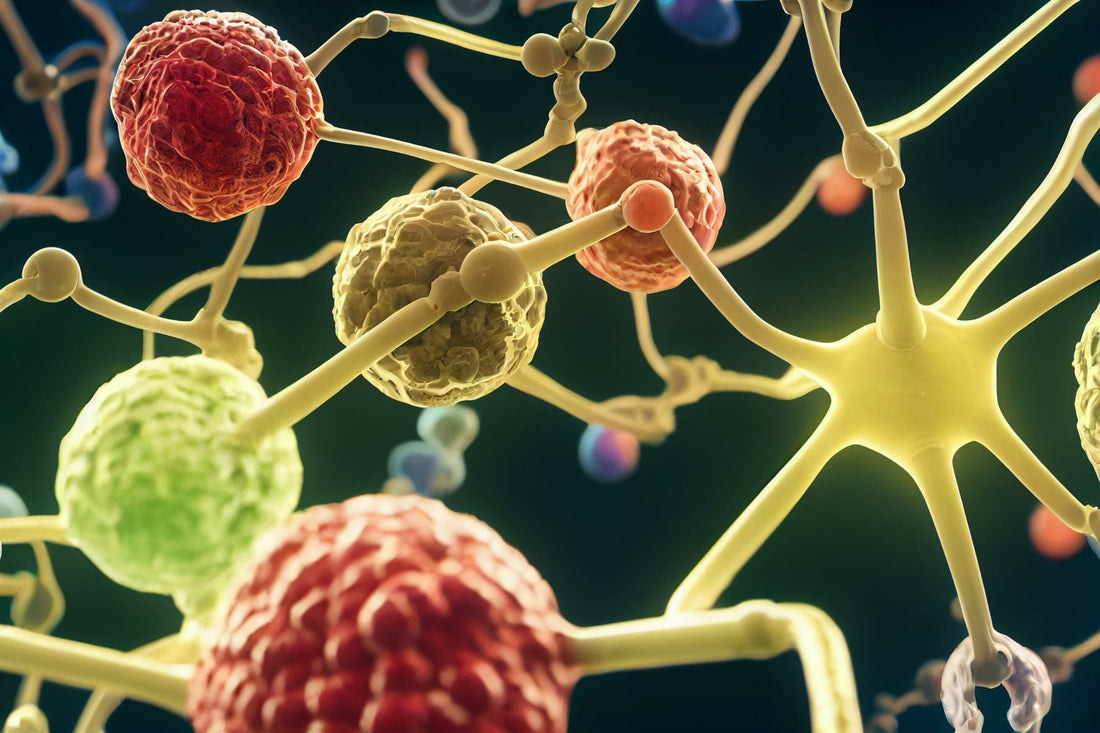A CB1 inverse agonist is a type of drug that works by binding to the CB1 receptor in the body, but instead of activating the receptor like a typical agonist drug, it actually blocks or reverses the activity of the receptor.
CB1 receptors are found primarily in the brain and nervous system and are part of the endocannabinoid system, which plays a role in regulating a wide range of physiological processes including appetite, pain perception, mood, and memory.
When an agonist drug binds to a CB1 receptor, it activates the receptor and can produce a variety of effects depending on the location of the receptor and the dosage of the drug. An inverse agonist, on the other hand, binds to the same receptor but has the opposite effect, inhibiting or reversing the activity of the receptor.
One of the most well-known CB1 inverse agonists is rimonabant, which was developed as a weight loss drug. By binding to CB1 receptors in the brain, rimonabant was able to reduce appetite and increase energy expenditure, leading to weight loss. However, the drug was eventually withdrawn from the market due to safety concerns, including an increased risk of depression and suicide.
Other potential uses for CB1 inverse agonists include the treatment of addiction, anxiety, and chronic pain. Researchers are also exploring the use of these drugs in combination with other therapies to treat conditions such as obesity, metabolic syndrome, and certain types of cancer.
It's important to note that the endocannabinoid system is complex and not fully understood, and the effects of CB1 inverse agonists may vary depending on the specific drug and the individual patient. More research is needed to fully understand the therapeutic potential of these drugs and to develop new and safer compounds.
Overall, CB1 inverse agonists are a promising area of research in the field of medicine, with the potential to treat a wide range of conditions. However, more research is needed to fully understand the safety and efficacy of these drugs before they can be widely used in clinical practice.


